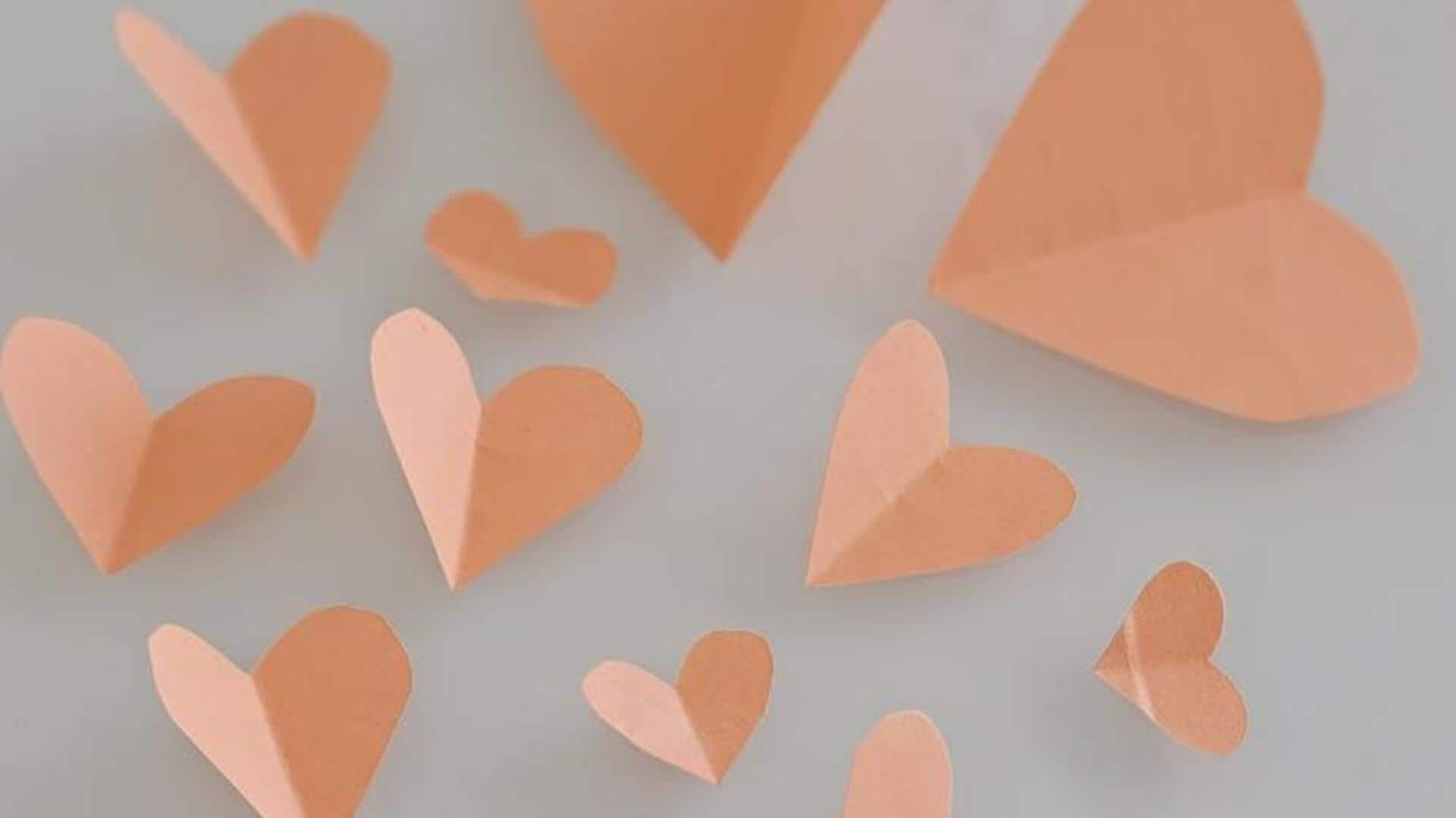
The timeless craft of papercutting explained
What's the story
Papercutting, as the name suggests, is a time-honored art of cutting paper into beautiful shapes. This age-old craft has been followed by many cultures over the centuries, each with its own unique style and touch. From basic silhouettes to detailed patterns, papercutting demands precision and creativity. It is not just an artistic expression but also a way to keep cultural heritage alive. Here's all about papercutting, its techniques, and importance.
Origins
Historical roots of papercutting
Papercutting was first seen in China, following the invention of paper around the year 100. Once ceremonial, it gradually spread to the rest of the world, including Europe and the Middle East. Every region developed its own unique style; for example, Chinese papercuts often have red paper symbolizing luck, while European designs are more concerned with symmetry and detail.
Equipment
Tools essential for papercutting
The basic tools required for papercutting are sharp scissors or knives, cutting mats, and fine-tip pens/pencils for sketching designs. Since precision is key in this art form, investing in high-quality tools can make all the difference in the world. From starting with simple scissors, beginners can advance to specialized knives as they gain confidence.
Methods
Techniques used in papercutting
There are various techniques involved in papercutting, including silhouette cutting, layered cuts, and symmetrical folding methods like kirigami. While silhouette cutting is all about outlining against contrasting backgrounds, layered cuts involve stacking multiple sheets for added depth. Kirigami combines folding with cutting to form three-dimensional structures.
Traditions
Cultural significance across regions
In several cultures, papercuts are symbolic or used during festivals and celebrations. For instance, in Mexican Day of the Dead celebrations, papel picado banners are hung up as decorations representing wind spirits passing through them. Similarly, in Jewish culture, ketubahs often feature intricate cut designs symbolizing unity within marriage contracts.
Guidance
Tips for aspiring papercutters
Aspiring artists should ideally start with basic shapes before moving onto complex patterns. Patience is key, as mastering this craft takes time. Dedication, practice, and experimentation with different papers, textures, and colors will lead you to discover your own style. Joining online communities and workshops opens up opportunities to learn from experienced practitioners. Share your work and receive feedback, which is invaluable for growth on this journey.